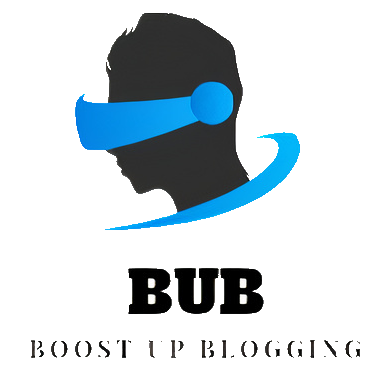What is a CRM Integration? Definition & Strategies
Imagine all your tools—email, calendar, sales software, customer support—talking to each other perfectly. No more switching tabs. No more copying data from one place to another. That’s the magic of CRM integration.
But wait! What exactly is CRM integration? And why should you care?
What is a CRM?
CRM stands for Customer Relationship Management. It’s software that helps you keep track of all your customer interactions.
Think of it as your super-organized notebook. But smarter. You can:
- Store contact info
- Track conversations
- Monitor deals and sales
- Automate tasks
Popular CRM systems include Salesforce, HubSpot, and Zoho.
What is CRM Integration?
CRM integration means connecting your CRM to other apps. Apps you already use for business—like Gmail, Slack, or Shopify.
The goal? Work smarter, not harder.
When everything’s integrated, emails get logged automatically. Meetings are synced. Deals update themselves.
No more manual data entry. No more confusion. Just one smooth system.
[ai-img]crm dashboard, workplace tools, software integration[/ai-img]
Why CRM Integration is Awesome
Here’s why people love integrated systems:
- Save Time: Auto-sync your tools and never double-enter data again.
- Stay Organized: See everything in one place—from calls to deals.
- Make Better Decisions: Real-time data helps you act quickly.
- Boost Teamwork: Everyone sees the same information. No secrets or surprises.
Types of CRM Integrations
There are many ways to connect your CRM. Choose the ones that help your business most.
- Email Integration: Connect email platforms like Gmail or Outlook.
- Calendar Integration: Sync meetings and reminders (hello, Google Calendar!).
- Social Media Integration: Track leads from Facebook, LinkedIn, Twitter.
- E-Commerce Integration: Link CRM to Shopify or WooCommerce to follow customer purchases.
- Customer Support Tools: Connect with tools like Zendesk or Intercom.
- Marketing Automation: Use Mailchimp or ActiveCampaign with your CRM.
CRM Integration Strategies
Now that you know the magic, how do you actually make it happen? Here are some smart strategies.
- Start with Your Goals: What do you want to fix or improve? Pick integrations accordingly.
- Prioritize Tools You Use Daily: Email and calendar are usually first.
- Use Native Integrations: Many CRMs already support plug-and-play connectors.
- Try Integration Platforms: Tools like Zapier or Make link your apps together beautifully.
- Test Before You Launch: Try small, then expand. Make sure everything plays well together.
- Train Your Team: If people don’t know how to use it, it won’t work!
[ai-img]team training, teamwork, crm tools[/ai-img]
Common CRM Integration Mistakes
Wait! Before you go plugin-crazy, watch out for these boo-boos:
- Too Many Integrations: Don’t overload your team. Keep it simple.
- No Clear Strategy: Random connections = random results.
- Bad Data: Garbage in, garbage out. Make sure your info is clean.
- Skipping Training: Everyone on the team should know how to use the system.
The Payoff
When done right, CRM integration takes your business from good to awesome.
You’ll close more deals. Keep customers happier. And maybe even smile when you open your CRM dashboard.
It’s not just about tech—it’s about building better relationships, faster.
Final Thoughts
CRM integration isn’t just a luxury. It’s a game-changer.
If you’re juggling tools and drowning in data, it’s time to connect the dots. Whether you’re a solo entrepreneur or a big team, integrated systems let you focus on what really matters: your clients.
Dive in, explore, and simplify your workflow. Your future self will thank you!
[ai-img]happy team, crm success, digital workspace[/ai-img]







